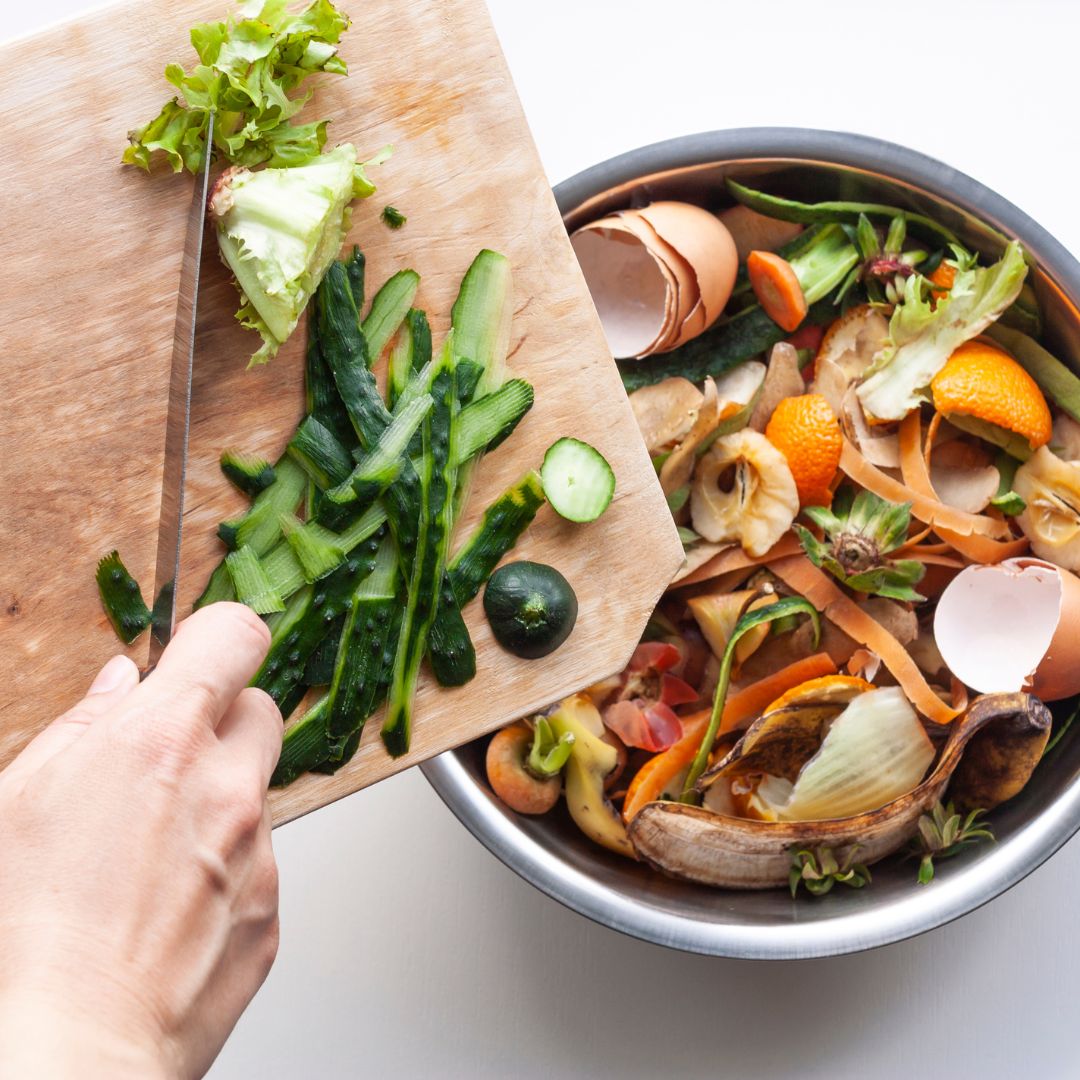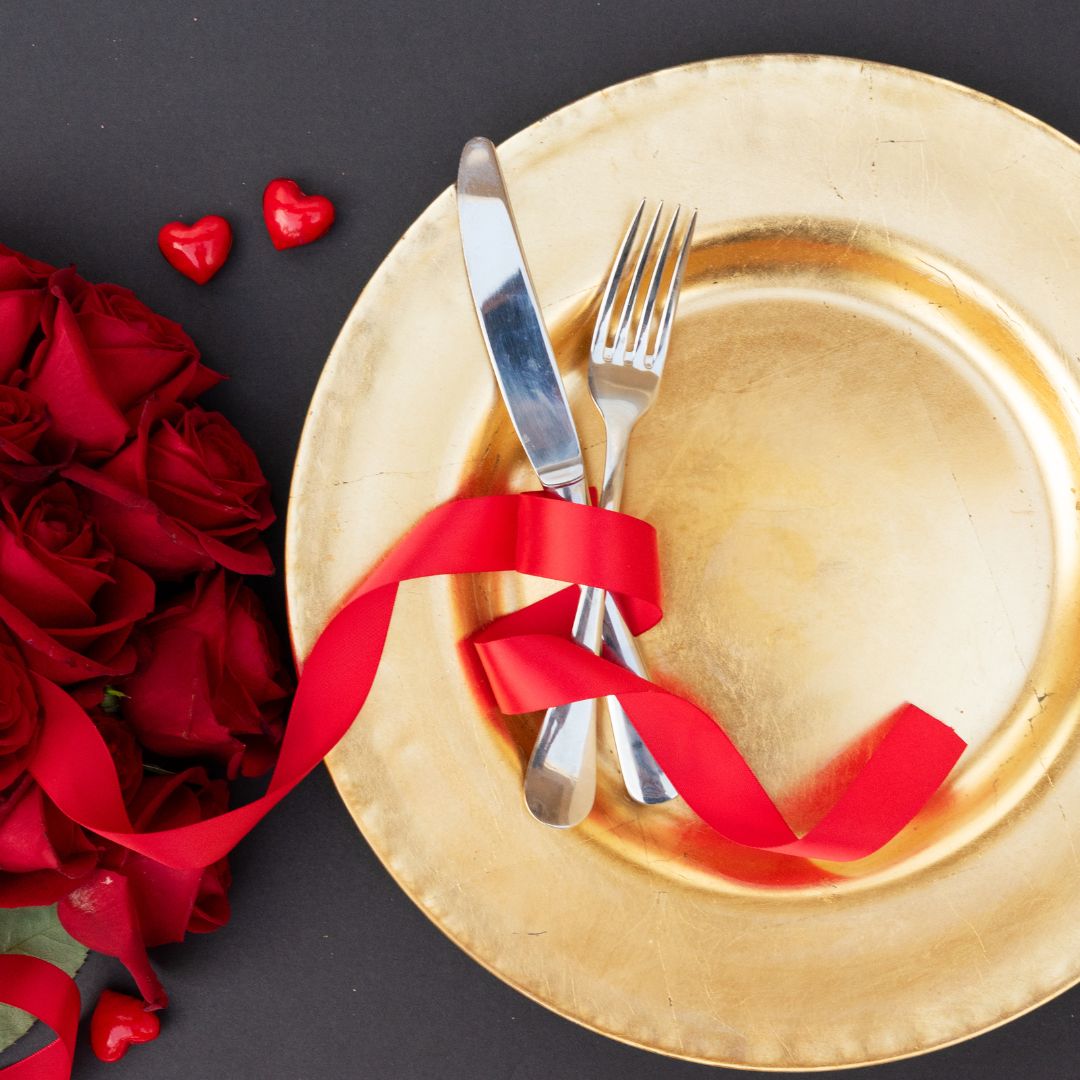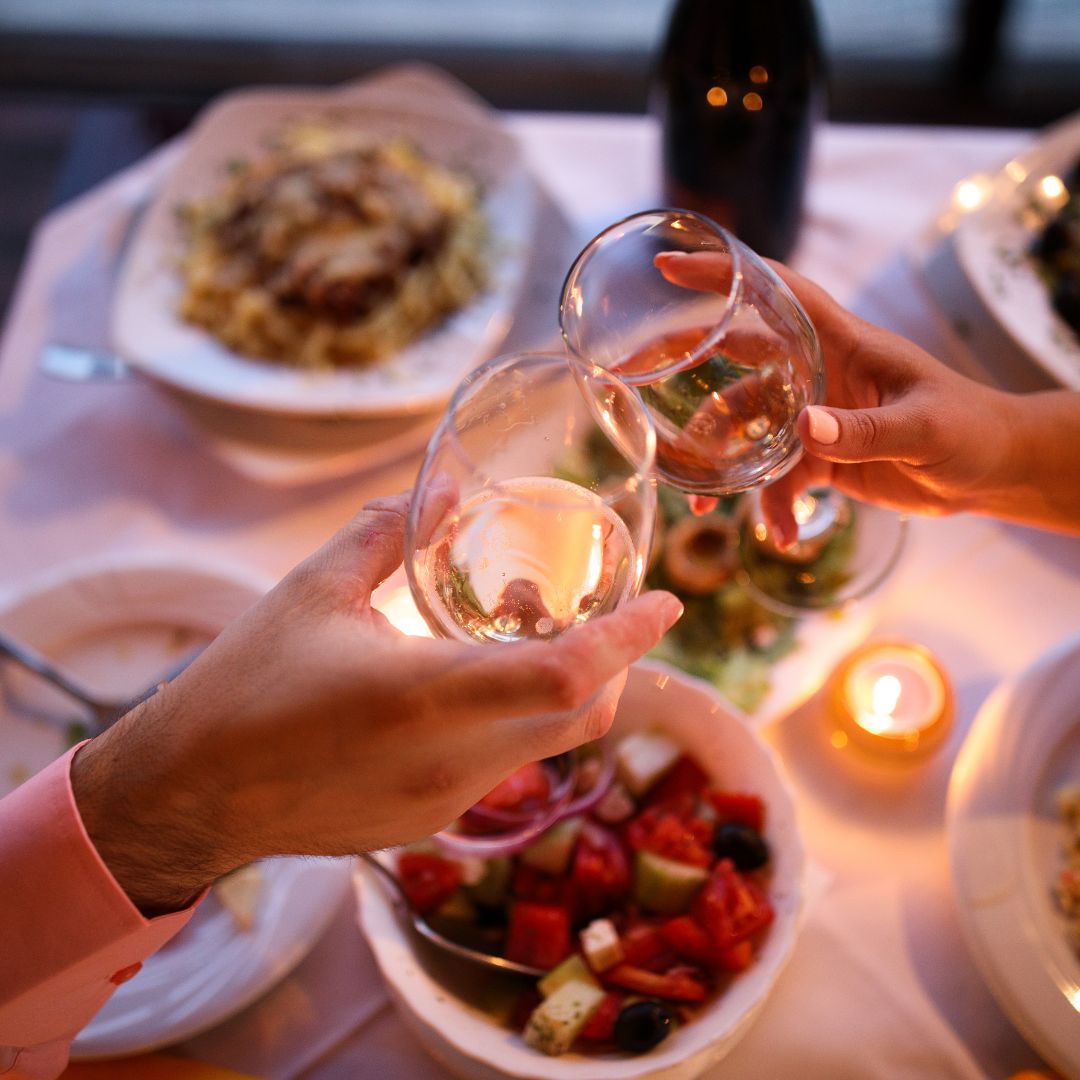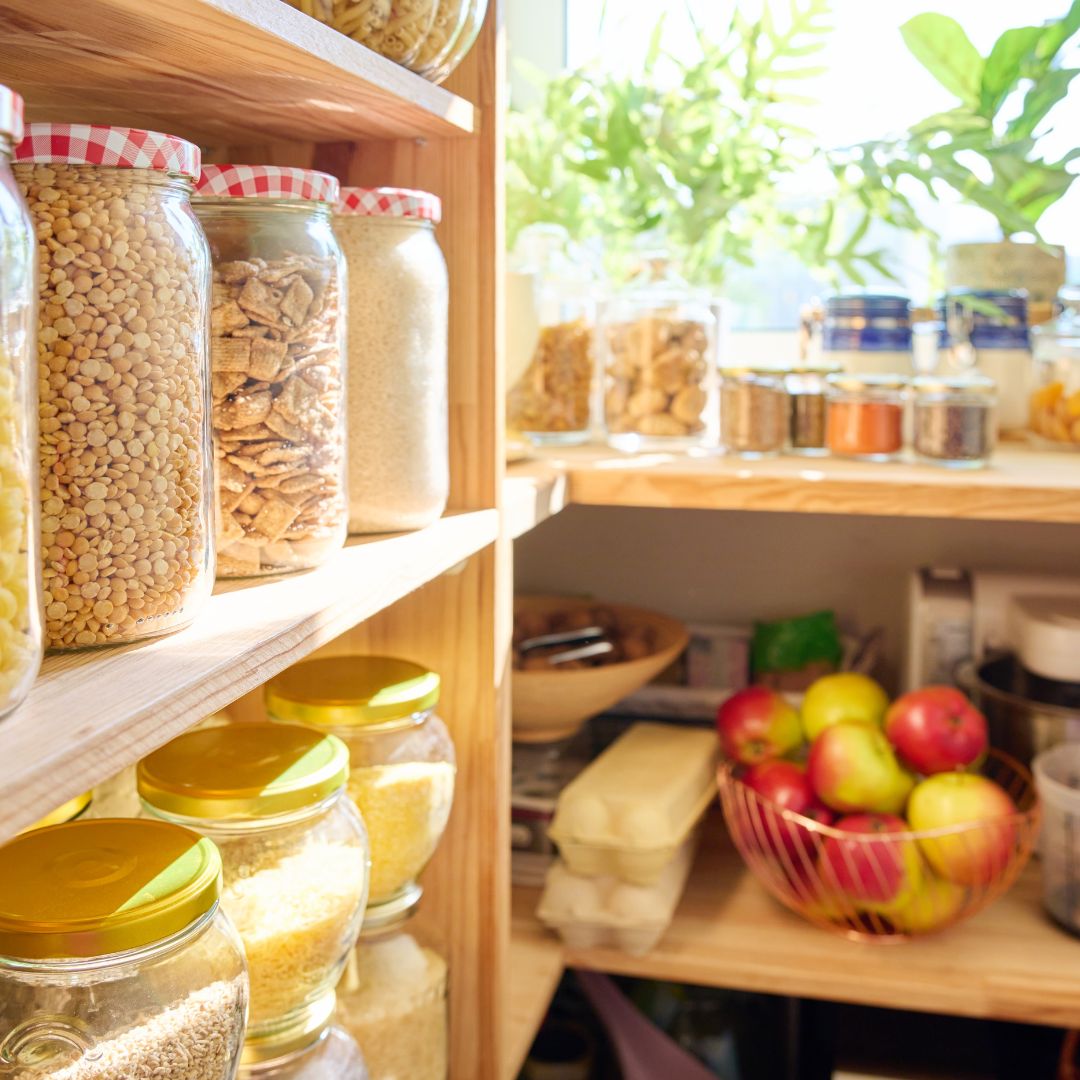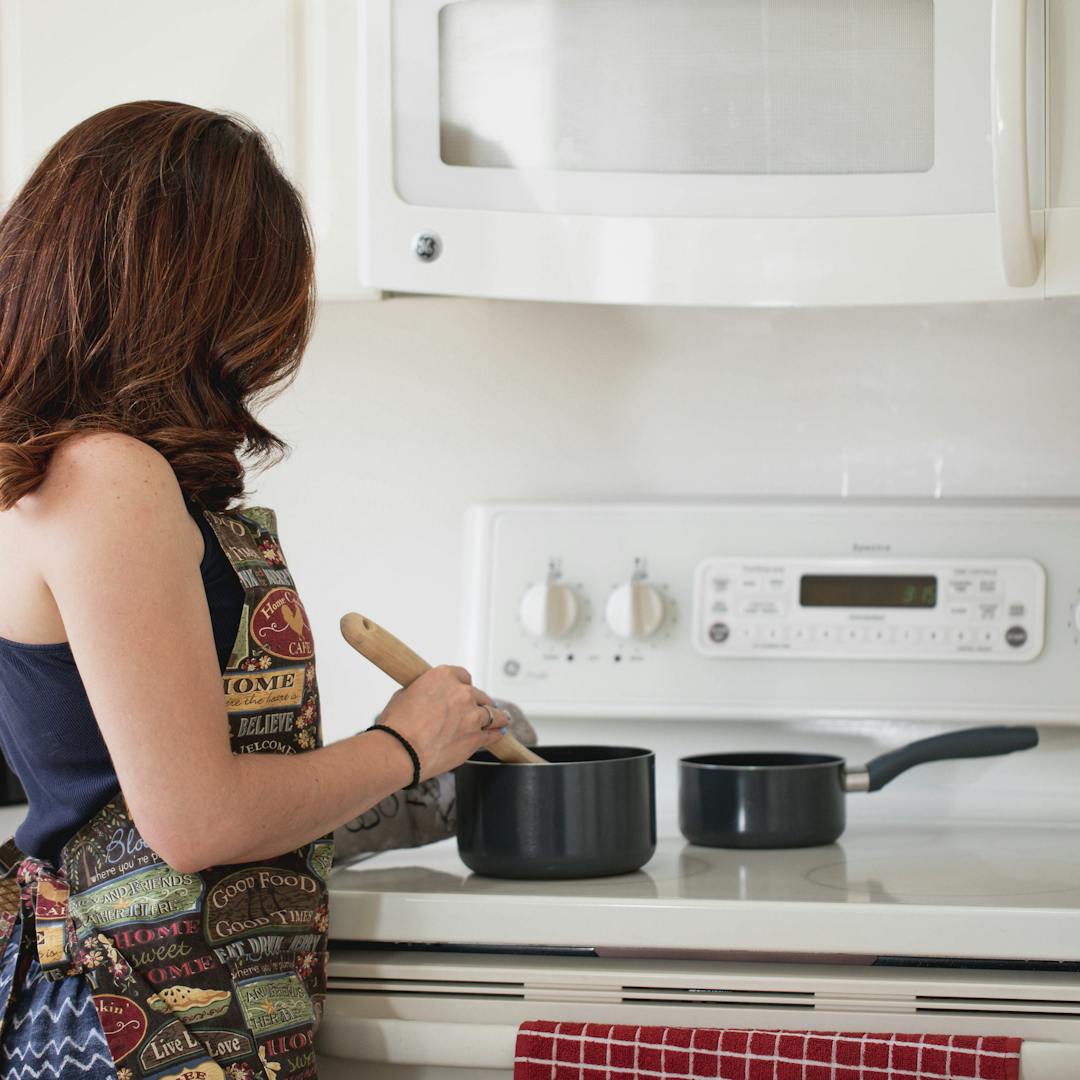This is what they ate during the reform era: Try the eternal classics yourself!
2023. 07. 24.
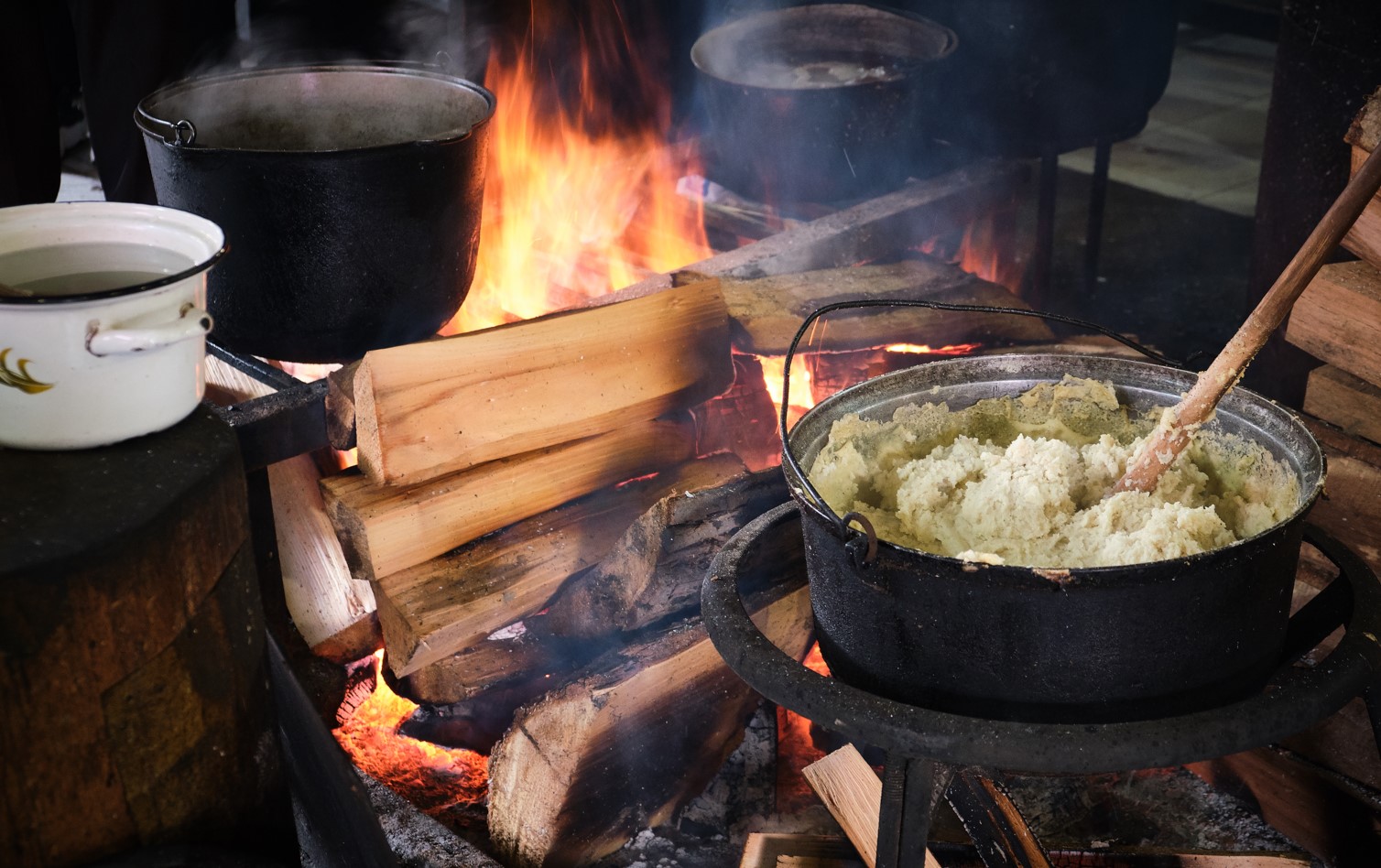
Reform era
In the history of Hungary, the period from the 1820s and 1830s to the 1848/49 revolution and war of independence is called the reform era. In this period, innovation processes took place whose purpose was modernization. The model for this was given by the changes taking place in Western European states (England, France), where there were already similar efforts.
During the reform era, many social, economic and cultural measures caused serious and forward-looking changes. The obstacles standing in the way of modern industry and civil transformation have been removed from the creation of modern Hungary. By the second half of the 1840s, Hungary had significantly caught up with modern Europe.
It was of great importance that the nobility took a role as initiators in all of this - led by István Széchenyi. Another prominent figure of the reform era was Lajos Kossuth, who had serious disputes with Széchenyi, but their goal was the same: the modernization of Hungary and the creation of a bourgeois class through the reforms..
Food in the age of reform
The changes during the reformation also affected gastronomy and eating habits. Contemporary sources (cookbooks, notes, restaurant menus) also reveal this. From these sources we can learn what and how the Hungarian people ate at that time.
What did the great men of our nation eat?
You can find many gastronomic references in the works of Mór Jókai. According to some, this is also due to his wife, Róza Laborfalvi, who had a great influence on the writer's eating habits. It is thanks to her, for example, that Jókai fell in love with venison wrapped in grape leaves, which were eaten with bacon, sausage, smoked meat and dill-curd pie. (This dish sounds appetizing even today, it might be worth trying if you like this kind of food!)
A former schoolmate of Sándor Petőfi noted that he was a big fan of meat with grilled onions. Other sources reveal that the poet also loved goulash soup and cottage cheese pasta - perhaps it is no coincidence that these dishes have stood the test of time and are still popular dishes in our country.
Mihály Vörösmarty ate roast beef and stuffed cabbage, while Széchenyi ate onion and bean salad. (Again, some dishes that we are still happy to see on the table today.)
Bread and meat
Bread, which the majority baked at home, was a staple food of the reform era. (This is also becoming very popular these days, thanks to professional tools that make it possible.) Bakers already worked in the cities, but in the majority of households the servants, and in the villages the housewives even more often baked the bread themselves. While bread was one of the most important foods for the poorer people, the better-off people only ate it as a supplement to other meals.
The amount of meat consumption was also a difference in the dietary habits of the wealthier and poorer strata. The poor only rarely ate meat: during pig slaughtering and poultry on holidays. The wealthier people had meat on the table more often than this.
In the poorer households, they ate many types of soup: pea soup, bean soup, cumin seed soup, milk soup - as well as many types of vegetable stews. And it was at this time that the momentum of how many different ways we can prepare potatoes began to develop, which continues to this day.
Dining in Cities in the 1800s
Small restaurants and sausage sellers awaited hungry citizens in the cities.
Various dishes made up the menu in the restaurants. Guests were offered buttermilk or anchovy butter, hams, pâtés, various fish, fish soup, as well as roast beef and pork with various warm sauces and vegetables.
The specialty of the canteens was freshly roasted meat, and the sausage sellers sold the hot sausage from a pot filled with hot water.
The food of the rich
The well-being of the noble gentlemen was also contributed by the fact that they ate a variety of different foods, more times a day than others. At that time, the snack also spread, which mostly consisted of cold roasts, fruits, foamy coffee, cakes, and pastries.
Rich people had a variety of meats on their tables every day, and lunches and dinners were always followed by dessert. They had a wide range of cakes, tarts, creams, mousses, and ice creams, and many recipe books preserve the memory of the sweets from this era.
But the abundant supply of food did not bring with it the culture of meals. According to the descriptions, the cutlery only hindered most of the gentlemen. They ate voraciously, as much as they could eat, and coffee, cigars and liqueurs after meals often turned into drunken revelry.
Drinks in the age of reform?
However, when it comes to alcohol consumption, there was nothing to fear for city citizens and rural people either. Newspaper articles detailed the amazing amounts of brandy people consumed. On the streets of Pest, you could often see drunken rowdy teenagers and vagrants.
It may seem a bit strange to today's eyes, but in many places they drank the water of the rivers, in Pest, drinking the water of the Danube was an established and popular form of thirst quenching. Where there was no river, they drank the collected rainwater or dug wells.
However, perhaps it is not surprising that drinking water often caused diseases due to the above. This served as an excuse for people to drink beer and wine instead.
Drinking coffee, interestingly enough, was not only a habit of the well-to-do. From peasant families to noblemen, everyone drank coffee. The only difference was the number of times a day and the quality. While the poor often brewed coffee from coffee grounds, in other places coffee was made with quality coffee makers.
The reform meal means something else: it is not the same as the meal during the reform period!
The meal of the reform era is the totality of the dietary habits presented so far, which characterized the first half of the 1800s.
Reform eating (or reform nutrition), on the other hand, is the name of a diet related to a comprehensive and multifaceted change of attitude, which aims, among other things, to restore health.
The reform diet is not a simple weight loss diet. The key is that the food is made from quality ingredients. Where possible, it avoids fat and sugars, and in many cases also meat. There is a great emphasis on (organic) vegetables and fruits, as well as ingredients that have only recently become known: graham flour, soy, buckwheat, quinoa, bulgur, couscous.
In the case of a reformed diet, the preparation of meals also differs from the usual methods. It includes processes such as steaming or, for example, frying in a wok pan.
The reform diet also means moderation. Rather, he recommends the "many times, but always little" method.
If you liked the post, follow us on Facebook, so you don't miss out on other interesting content!
And if you feel like baking or cooking a little and would like to prepare a delicacy from the Reformation era, then take a look at our online store, where you will find all the kitchen tools you might need!
 Austria
Austria
 Belgium
Belgium
 Bulgaria
Bulgaria
 Croatia
Croatia
 Czech Republic
Czech Republic
 Denmark
Denmark
 Estonia
Estonia
 Finland
Finland
 France
France
 Germany
Germany
 Greece
Greece
 Hungary
Hungary
 Ireland
Ireland
 Italy
Italy
 Latvia
Latvia
 Lithuania
Lithuania
 Luxembourg
Luxembourg
 Netherlands
Netherlands
 Poland
Poland
 Portugal
Portugal
 Romania
Romania
 Slovakia
Slovakia
 Slovenia
Slovenia
 Spain
Spain
 Sweden
Sweden
